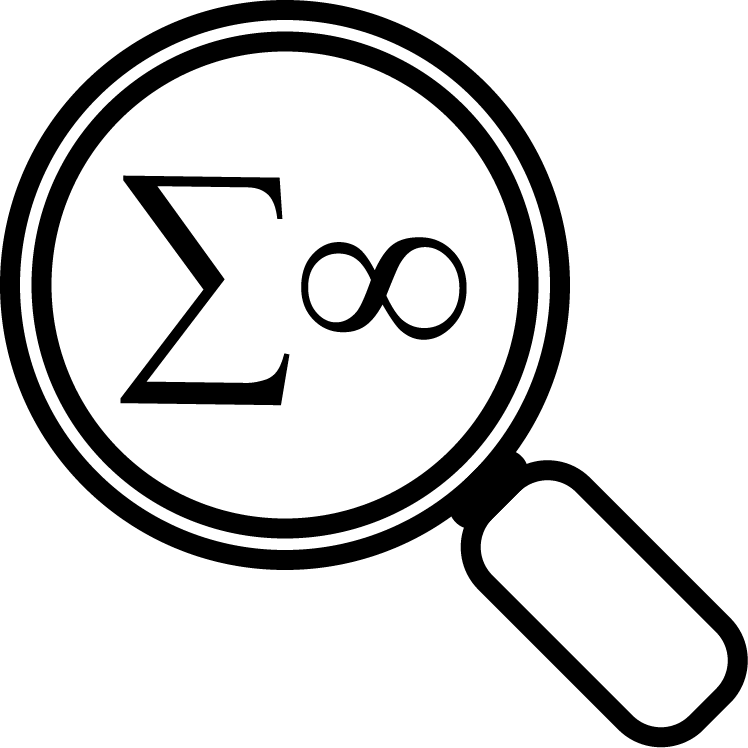Football playing bumblebees show how complex insect learning can be
Background
It used to be believed that only humans could use tools: specific objects that are manipulated to enable them to reach a goal or finish a task. Scientists demonstrated that apes, monkeys, dolphins and crows can use tools, but it was still believed to require a big brain (compared to body size). This is because tool use is thought to require a complex understanding of how things work, such as anticipating the effect that the tool will have in the task. Bees are commonly studied in experiments to understand how they learn, but the task is always fairly natural, such as learning which coloured flowers have the biggest amount of sugar rewards.
Findings
Bumblebees were trained to roll a ball to a specific location to get a sugar reward from a hole. They were able to do this after being shown by a live bee that had been trained, and learned better than they did if the ball was instead rolled by magnets, suggesting that the fact another bee does it makes the tool use clearer to them. Bees also improved on what they had watched by using balls that were already closer to the hole, suggesting that they didn’t just blindly copy what the trained bee had done.
Implications
The flexibility of the learning that the bees showed was greater than we expect from watching bees learning in natural situations. It suggests that they don’t just learn that two things are associated with getting sugar, but that they have some concept of the goal in mind when deciding what to do. It suggests that the abilities of small brains and insect brains are greater than we have so far suspected.
Subject
Behavioural ecology
Subject Group
Zoology and Ecology
Keywords
learning
small brains
imitation
social behaviour
problem solving
bees


Posted by
AndrewDHigginson
on Fri Nov 10 2017
Article ID
F3M9WA6KA
Details of original research article:
Loukola OJ, Perry CJ, Coscos L, Chittka L. Bumblebees show cognitive flexibility by improving on an observed complex behavior. Science. 2017;355:833-836. View the Thread Network for this Finding
View the Thread Network for this Finding
Preceded by:
To better understand the behaviour of animals we need to combine two approaches: understanding why they make decisions and how they make decisions
Posted by: AndrewDHigginson Posted Fri Oct 27 2017
